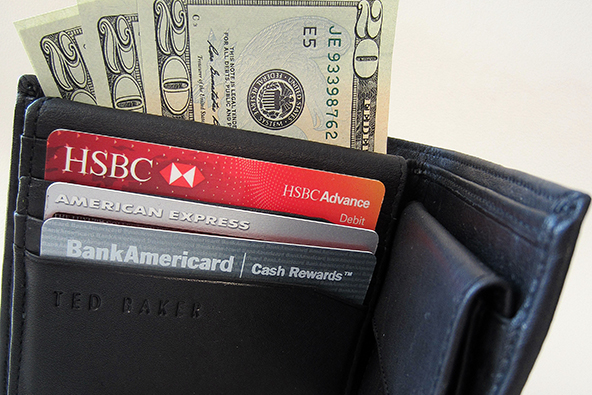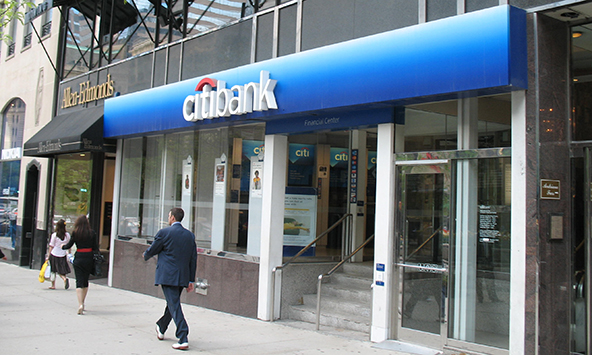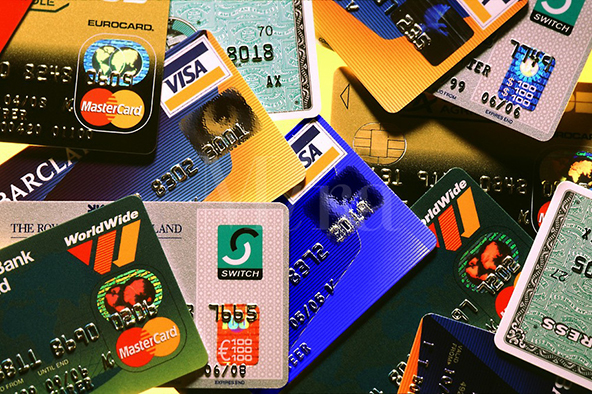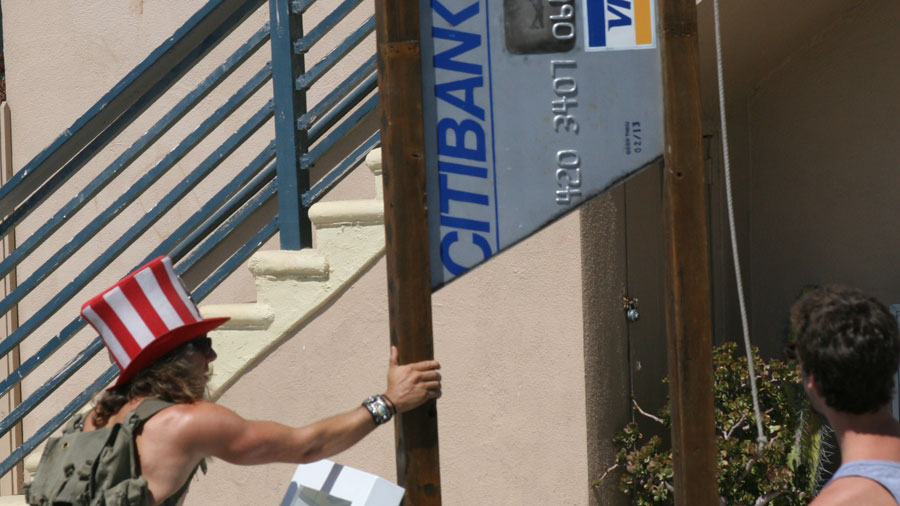Why Don’t Merchants Offer Discounts on Cash and Debit Card Payments?

The still-pending $7.25 billion settlement of the long-running antitrust case against Visa, MasterCard and more than a dozen of their member banks would, among other things, allow merchants to charge their customers fees for using credit cards for payment at the checkout. Although much has been written about this particular provision of the proposed agreement, it is unlikely to have any significant effect on consumer payment behavior, not least because even if the settlement is approved, such surcharges are already banned in 10 of the country’s most populous states and many others are planning to do the same.
However, as I’ve noted on this blog many times before, merchants have, and always have had, access to other tools to help them drive — or “steer”, in industry parlance — customers away from credit card use and toward more merchant-friendly payment types like cash and, since the Durbin Amendment took effect, debit cards. My favorite example is the discount that has for a very long time (ever since I can remember) been offered by many gas stations here in Massachusetts to cash-paying drivers. And yet, such incentives have been used very sparingly. Why? Well, anecdotal evidence has always suggested to me that the benefits from implementing such measures would be outweighed by the disadvantages, primarily in the shape of consumer backlash. After all, if you want to pay by credit card, for example because you get a 3-percent cash back for doing so, you are unlikely to frequent a gas station, which charges you extra for it. But it turns out that there is more to it than that. A new paper from Tamas Briglevics and Oz Shy from the Boston Fed strongly suggests that offering a cash and, especially, a debit card discount may not even make financial sense for the merchants themselves. Let’s see why.
Calculating the Cost of “Steering”
The Boston Fed researchers offer the following rough calculations:
Consider a merchant selling to consumers who spend on average $30 for each transaction. Suppose that the merchant fee on credit card transactions is 2 percent (hence, 60?ó per average transaction). Suppose that the merchant fee on debit cards is a flat 25?ó per transaction. Note that the debit card fee does not vary with the value of the transaction. Footnote 10 explains why 25?ó is a realistic estimate of a debit card merchant fee.
Conjecture 1. Because 60?ó > 25?ó, profit is always enhanced when merchants steer the average customer to pay with debit cards instead of paying with credit cards.
Whereas Conjecture 1 makes sense, it seems unrealistic that buyers who pay with credit cards would agree to pay with a debit card without receiving any monetary incentive. Therefore, the merchant must provide customers who pay with credit cards an incentive to pay with their debit cards. A frequently observed method of steering (among the few merchants who steer) is to offer a 1-percent discount to customers who pay with a debit card.5
Suppose that the 1-percent debit card discount is a sufficient incentive to induce all customers who pay with credit cards to switch to paying with debit cards. Then, the merchant saves 60?ó, which is the credit card merchant fee on a $30 transaction. On the other hand, each consumer who switches from paying with credit to paying with debit increases the merchant cost by 25?ó per transaction. In addition, the merchant loses 1 percent from the debit card price, which equals 0.01 x $30 = 30?ó. Hence, each switching buyer adds 25?ó + 30?ó = 55?ó to the merchant’s cost of accepting debit cards.
Conjecture 2. Because 60?ó > 55?ó, profit is always enhanced when a merchant gives the average buyer a 1-percent discount on paying with a debit card.
Our investigation in the remainder of the paper is motivated by the following result:
Result 1. Conjecture 2 is incorrect.…
Intuitively, Conjecture 2 is incorrect because it neglects to take into consideration that the 1-percent debit card price discount also applies to buyers who do not pay with credit cards even in the absence of any effort exerted by merchants to steer customers to pay with debit cards. The revenue loss from these buyers may outweigh the gains from buyers who switch from paying with credit to paying with debit.
The researchers then proceed to prove their result and do so, although they are very careful in their wording, but I think that the above reasoning should be sufficient to convince doubters.
The Takeaway
I should note that the 2-percent credit card transaction fee used in the researchers’ calculations lies toward the very high end of the spectrum of probabilities. Unless you use Square or something similar for payment processing, your per-transaction credit card fees would be lower than that. In any case, the credit card processing fees paid by bigger merchants are much lower than 2 percent, which means that offering a debit card discount would make even less sense for them.
Now, Briglevics and Shy are careful to point out that there are differences between the effects of surcharging and discounting. Whereas the use of card surcharges allows merchants to vary the size of the fees to account for the differences in the processing fees they pay on different types of cards, a discount is applied universally and does not vary, which gives merchants less pricing flexibility. But the more important point is that neither approach would bring much benefit to merchants — surcharges would alienate credit card using customers, while discounts may turn out to be too costly to make sense.
Image credit: Flickr / 401(K) 2013.



You wrote commenting on the Boston FRB’s use of a hypothetical credit card merchant service fee (MSF) of 2.00% “unless you use Square or something similar for payment processing, your per-transaction credit card fees would be lower than that”.
I think otherwise, a hypothetical 2.00% MSF understates most merchant’s actual credit card acceptance costs. Even Visa’s ‘Credit Card Cost of Acceptance to Acquirers’ which excludes the Acquiring component of the MSF shows that most of the categories are very near or even over 2.00%. For example, restaurants’ cost of acceptance to the acquirer is reported by Visa as 2.55%. See Visa’s figures at http://usa.visa.com/download/merchants/merchant-category-definitions-credit-card-cost-to-acquirers.pdf Also keep in mind these are overall averages of all U.S. merchants, including the mega-nationals, actual small merchant MSFs are obviously materially higher.
So I think the Boston FRB staff’s analysis conclusions are highly questionable given it appears they woefully underestimated actual MSFs.
Hello Mike,
Thanks for the Visa stats. I would like to have seen Visa’s methodology for calculating these averages, before placing my full trust in their figures, but they very well may be correct.
But your comment reminds me to advise merchants to be very careful when considering Square or something similar for a payment processor. Neither Square nor any of its clones differentiates between credit and debit cards — all swiped transactions are processed at the same rate, irrespective of the card type. All traditional processors, on the other hand, have pricing models which do — they may not use them with all of their merchants, but the options are there. Interchange-plus is by far a merchant’s best choice, but the concept is extremely difficult for the average merchant to grasp — even when he says he does understand the pricing mechanism, the merchant would still inevitably ask a question like “what would be the highest possible rate I could pay?”, which immediately tells you that he doesn’t get it.